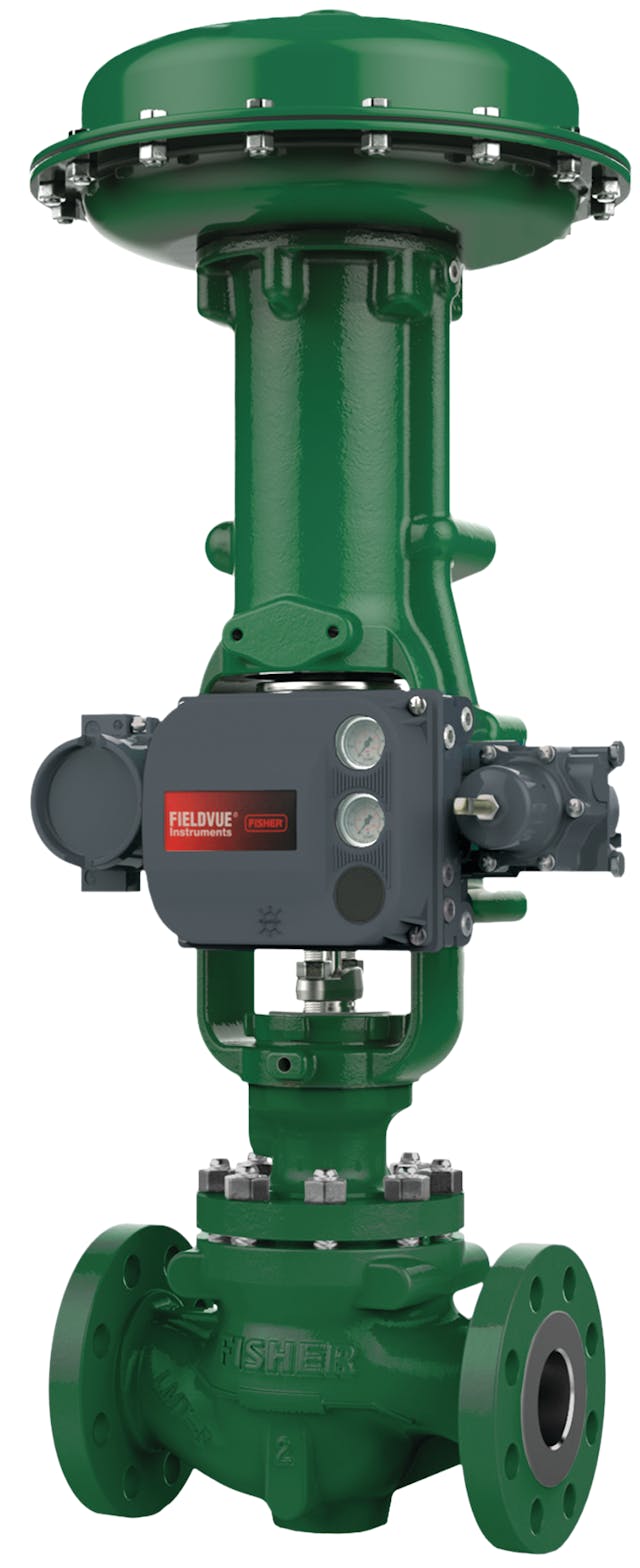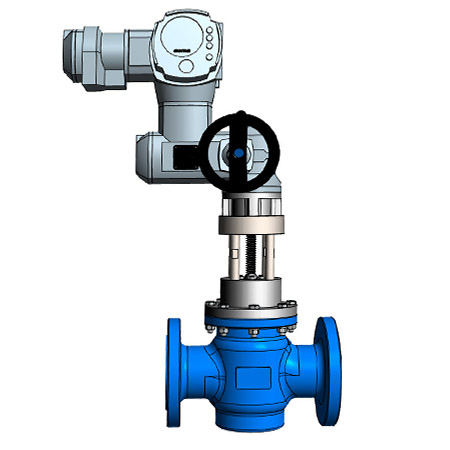Comprehending the Value of Control Valves in Process Automation
Comprehending the Value of Control Valves in Process Automation
Blog Article

Maximize Power Financial Savings and Comfort With Advanced Structure Automation Controls
In the world of contemporary design and facility management, the combination of innovative building automation controls stands as a crucial innovation. The convergence of technology and sustainability has actually birthed a new era where power performance, convenience optimization, and operational streamlining are no longer attainable facts yet far-off goals. By utilizing the power of automation, buildings can adjust, respond, and evolve in manner ins which were once unbelievable. The potential for significant power savings and improved comfort is not just an opportunity however a guarantee waiting to be satisfied. This standard shift in building monitoring holds the key to opening a world where environmental conscientiousness and occupant wellness sympathetically exist together within the wall surfaces of our structures.
Power Performance Advantages
Energy performance benefits can dramatically lower energy usage and functional prices in structures. By carrying out energy-efficient techniques and modern technologies, building owners and operators can achieve considerable financial savings while additionally adding to environmental sustainability. One of the key advantages of boosting power effectiveness in buildings is the decrease of utility expenses. Energy-efficient systems, such as sophisticated building automation controls, can enhance using resources like illumination, cooling, and home heating, bring about reduced energy costs gradually.
In addition, improved energy performance can lengthen the life-span of building tools and systems. By running much more efficiently, heating and cooling systems, lighting fixture, and various other building parts experience much less deterioration, resulting in lowered maintenance and substitute expenses. Furthermore, energy-efficient buildings usually command greater residential or commercial property values and rental prices, offering lasting financial advantages to proprietors.
Moreover, power efficiency can boost occupant comfort and performance. Properly managed indoor atmospheres with optimal lighting and thermal problems create a more conducive and enjoyable workspace, causing improved staff member complete satisfaction and efficiency. Overall, the energy performance benefits related to advanced building automation controls are diverse, incorporating expense financial savings, environmental stewardship, and resident health.
Boosted Comfort Control
Enhancing convenience control in building environments needs an advanced integration of sophisticated automation systems for optimal resident health. By making use of sophisticated building automation controls, facilities can customize the indoor environment to satisfy the particular needs and choices of passengers. control valves.
Enhanced comfort control goes past fundamental temperature level modifications. It includes features such as personalized settings, tenancy sensing units, and all-natural light application to develop a vibrant and responsive environment. By integrating these innovative controls, structures can not only improve convenience yet additionally boost power efficiency by maximizing system procedures based on real tenancy and usage patterns. Ultimately, focusing on passenger comfort with sophisticated automation systems leads to an extra pleasurable and much healthier indoor setting.
Operational Effectiveness Improvements

Additionally, the implementation of real-time surveillance and analytics devices makes it possible for building operators to recognize power ineffectiveness and functional anomalies immediately. By continually keeping track of power use patterns and system performance metrics, modifications can be made in real-time to enhance energy usage and make certain peak operational efficiency. control valves. Furthermore, incorporating demand reaction approaches right into building automation controls can further boost functional effectiveness by dynamically readjusting power use based upon grid problems and prices signals
Indoor Environment Optimization
Reliable interior environment optimization is an essential facet of structure automation controls, ensuring passengers' convenience and wellness while maximizing energy financial savings. By using innovative sensors and controls, building automation systems can constantly adjust and monitor temperature, moisture levels, air quality, and air flow to create an optimal indoor setting. Maintaining regular and comfy problems not just enhances passenger satisfaction but additionally increases performance a fantastic read and general health.
Interior environment optimization likewise plays a crucial duty in energy performance. By fine-tuning heating, air conditioning, and ventilation systems based upon real-time information and tenancy patterns, developing automation controls can significantly minimize power usage - control valves. Carrying out approaches such as demand-controlled ventilation and thermal zoning can help decrease energy waste while guaranteeing that each area of the building obtains the essential conditioning.

Sustainable Setting Creation
Structure automation regulates not just maximize indoor climate problems for power efficiency and owner convenience but additionally lay the foundation for developing a sustainable setting via critical management of sources and systems. By integrating advanced building automation technologies, such as sensors, actuators, and intelligent software, facilities can readjust and keep an eye on power use in real-time to reduce waste and lower their carbon footprint. These systems enable predictive upkeep, identifying prospective issues prior to have a peek at this website they intensify and enhancing tools performance to boost longevity and efficiency.
Additionally, lasting environment production extends beyond energy management to incorporate water conservation, waste decrease, and interior air top quality renovation. Structure automation controls can manage water use, identify leaks, and make certain correct waste disposal methods, adding to general sustainability efforts. Furthermore, by keeping an eye on and controlling air flow and filtration systems, these innovations enhance passenger health and performance while reducing energy usage connected with a/c operations.
Final Thought
Finally, advanced building automation manages offer substantial advantages in regards to energy cost savings, convenience control, functional performance, interior climate optimization, and creating a sustainable environment. By implementing these controls, structures can attain optimum efficiency while minimizing power consumption and boosting occupant comfort. It appears that the use of advanced automation technology is essential in improving building efficiency and producing an extra lasting future.
Energy effectiveness benefits can significantly minimize energy intake and operational costs in structures. Generally, the energy performance benefits connected with innovative building automation controls are diverse, incorporating price financial savings, environmental stewardship, and passenger well-being.
Additionally, integrating need feedback methods into structure automation controls can better enhance operational performance by dynamically changing power usage based on grid conditions and pricing signals.
Building automation manages not just optimize indoor environment conditions for energy effectiveness and owner convenience however additionally lay the structure for producing a lasting atmosphere with tactical monitoring of resources and systems.In verdict, advanced structure automation manages deal significant benefits in terms of energy financial savings, convenience control, functional effectiveness, interior climate optimization, and producing a sustainable setting.
Report this page